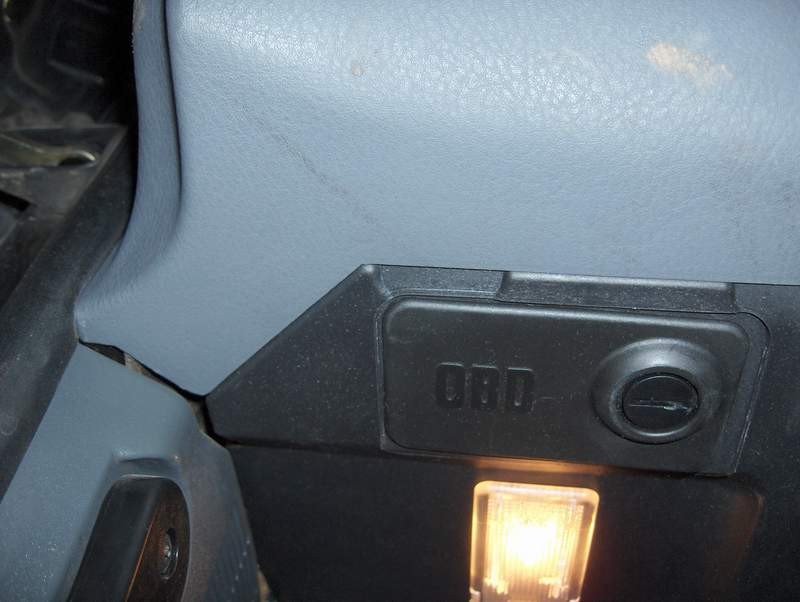The ‘check engine’ light can be a source of anxiety for any car owner. When it appeared in my wife’s 1997 BMW 328i, my first instinct as a car enthusiast was to investigate myself before heading to an expensive mechanic. Modern cars, including the BMW E36, are equipped with an On-Board Diagnostics II (OBD2) system that allows you to read diagnostic trouble codes (DTCs) and understand what might be causing that ominous light. To do this, you’ll need to locate your E36 Obd2 Port.
Like many DIYers, I already had an OBD2 scan tool, a handy gadget I purchased online. These tools, often based on the ELM327 chip, are designed to interface with any vehicle that uses the standard OBD2 protocol. However, when I first tried to use it on the BMW E36, I struggled to find the diagnostic port. In my experience with American cars like my Dodge Durango, the OBD2 port is usually quite visible under the dashboard on the driver’s side.
My initial search for the e36 obd2 port led me to conflicting information online. Some forums suggested it was under the hood with a unique BMW-specific round connector, while others hinted it was under the dash but hidden. After a bit of searching and some contortion under the dashboard, the location became clear. BMW cleverly concealed the e36 obd2 port with a labeled cover. Let me guide you through the simple steps to find it.
To locate the e36 obd2 port on your BMW E36, you’ll need to position yourself in the driver’s side footwell. You’ll be looking up under the dashboard, just above the pedals. It’s helpful to use a flashlight to illuminate the area.
You’re searching for a small, rectangular cover. BMW thoughtfully labeled this cover “OBD,” but it’s not easily visible unless you are looking directly upwards from a low position.
Once you’ve located the cover, opening it is straightforward. You’ll find a screw-head type fastener on the cover. Using a coin or a flat-head screwdriver, turn this fastener. It doesn’t require much force. Once turned, the cover will swing downwards, hanging by a tether, revealing the e36 obd2 port.
You’ll notice that the OBD2 port itself also has a protective cap. Simply pull this cap off. It too is tethered, so it won’t get lost. With both covers open, the standard OBD2 female connector is now clearly accessible.
Now that you’ve located your e36 obd2 port, you can connect your OBD2 scan tool. Simply align the connector from your scan tool with the port and push it in until it’s firmly seated.
With the scan tool connected, you can now use it to read any stored diagnostic trouble codes. In my case, the ‘check engine’ light on our BMW E36 was triggered by a historical coolant sensor issue. After verifying the coolant level was fine, I suspected it might have been a glitch related to a recent battery change. Using the scan tool software, I cleared the code, and thankfully, the light has stayed off ever since.
Having the ability to access and interpret data from your e36 obd2 port is invaluable. It allows you to diagnose minor issues yourself, potentially saving time and money on unnecessary trips to a mechanic. Hopefully, this guide and these images will assist others in easily locating their BMW E36 OBD2 port and taking control of their car’s diagnostics.
